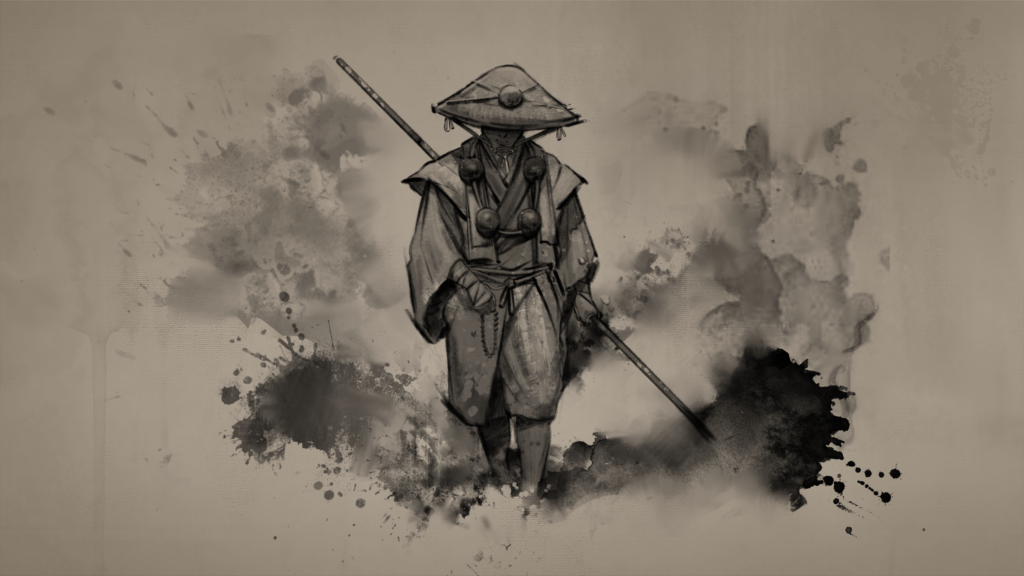
Shugendo is a religion that originates between the late Heian (794–1185) and Kamakura (1185–1333) periods. This ancient ascetic tradition flourished at a time when Buddhism was being imported from China. Combined with the appreciation for art in the Japanese imperial court, the arrival of organized religion and literacy allowed Shugendo to make its mark.
The focuses of Shugendo are asceticism—severe self-discipline and avoiding all forms of indulgence—and mountain worship. While both of these elements are found in other dominant Japanese religions, such as Shinto and Buddhism, Shugendo takes them to another level. Practitioners of Shugendo undergo rigorous training, subject themselves to strict diets, and strive for spiritual rebirth.
In the past, especially devout practitioners of Shugendo were called yamabushi, meaning “mountain priest” or “one who bows down in the mountains”. These hermits would dress in archaic clothing and live simple lives on mountains. The iconic outfit of the yamabushi has come to be associated with tengu, perhaps because both lived spiritual lives on mountains. In modern times, the term yamabushi has come to be applied to all followers of Shugendo.
Shugendo has a history of more than one thousand years. Despite this, the religion was outlawed during the Meiji period and may well have been persecuted even before that.
In Tale of Ronin, the bakufu has begun to clamp down on the practices of Shugendo. Perhaps it’s because of the supernatural powers yamabushi are said to possess. Or perhaps it’s because Shugendo is getting in the way of the government’s chosen religion, Buddhism. Either way, it is possible for players to encounter wise hermits living high up Japan’s mountains.